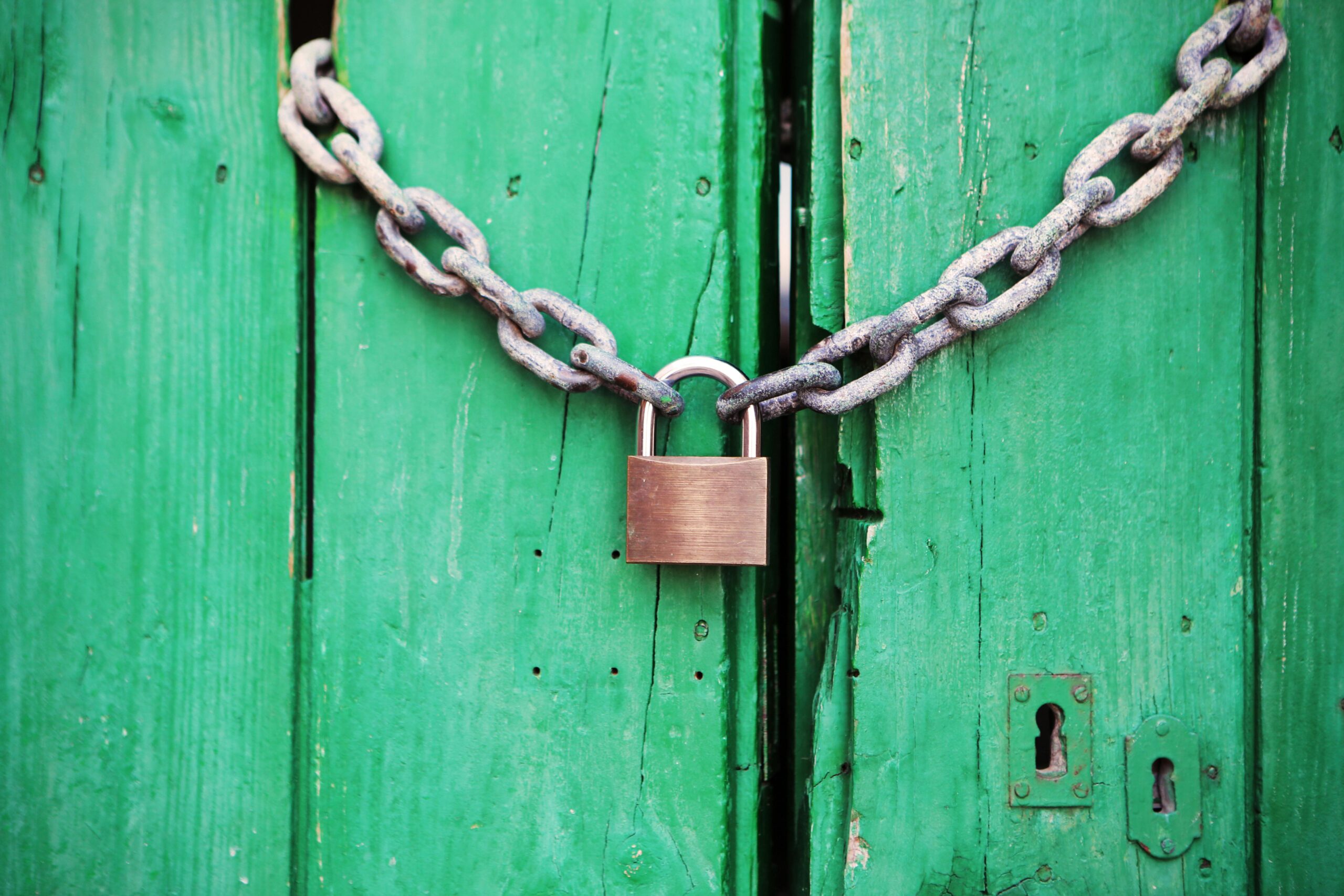In today’s digital landscape, remote access has become an essential tool for IT professionals. It allows technicians to diagnose and troubleshoot client system issues efficiently, regardless of location. However, when dealing with sensitive client systems, security becomes paramount. A data breach or unauthorized access can have devastating consequences. This article explores best practices for securing remote access, empowering businesses and IT professionals, especially those in Pennsylvania, to leverage this technology with confidence.
Why is Security Crucial for Remote Access?
Remote access provides a convenient way for technicians to access client systems. But this convenience comes with inherent risks. Here’s why robust security measures are essential:
- Data breaches: Remote access points can become gateways for unauthorized individuals to access sensitive client data, such as financial records, personal information, or intellectual property.
- System disruptions: Malicious actors might exploit vulnerabilities to disrupt critical client systems, leading to downtime and potential financial losses.
- Reputational damage: A data breach or system compromise can severely damage a company’s reputation and erode client trust.
Securing Remote Access: Essential Practices
Several key practices can significantly enhance the security of remote access connections:
- Multi-factor authentication (MFA): MFA adds an extra layer of security by requiring not just a username and password, but also a verification code from a trusted device like a phone or security key. This significantly reduces the risk of unauthorized access even if login credentials are compromised.
- Strong password policies: Enforce strong password creation policies for all users with remote access privileges. Passwords should be complex, lengthy, and changed regularly.
- Least privilege access: Grant remote access users only the minimum level of access needed to perform their tasks. This limits the potential damage if a breach occurs.
- Secure remote access software: Use reputable and secure remote access software with robust encryption protocols to safeguard data transmission during remote sessions.
- Regular security audits: Conduct regular security audits to identify and address any vulnerabilities in your remote access systems.
- Employee training: Educate employees about cybersecurity best practices to prevent social engineering attacks or accidental data leaks.
Beyond the Basics: Additional Security Considerations
For an extra layer of protection, consider these additional security measures:
- Virtual Private Networks (VPNs): Utilize VPNs to create a secure tunnel for remote access traffic, encrypting all data transmission and adding another layer of security.
- Session monitoring and logging: Implement tools to monitor and log remote access sessions, providing a record of activity and aiding in anomaly detection.
- Two-factor authentication for privileged access: For users with access to highly sensitive systems, consider two-factor authentication specifically for privileged access attempts.
Finding Reputable Remote Access Solutions
Many IT service providers offer remote access solutions. When choosing a provider, prioritize security:
- Security certifications: Look for providers with industry-recognized security certifications, demonstrating their commitment to secure practices.
- Security protocols: Inquire about the specific security protocols they employ to safeguard data during remote access sessions.
- Compliance requirements: Ensure the provider adheres to relevant industry compliance standards for data security.
TTechs LLC: Your Pennsylvania Security Partner
While this article focuses on best practices for securing remote access, it’s important to remember that even the most robust security measures can benefit from a human touch. Here at TTechs LLC, a Pennsylvania-based company with a team of experienced technicians, we understand the importance of data security. While we don’t directly offer remote access software, our on-site and virtual remote technician services can provide valuable support for tasks requiring physical interaction or additional security protocols. We can also help you develop and implement a comprehensive security strategy for your IT infrastructure, ensuring your sensitive client systems remain protected.
Secure remote access is a valuable tool for IT professionals. However, prioritizing robust security measures is essential to safeguard sensitive client data and systems. By implementing the strategies outlined above and potentially partnering with a security-focused IT service provider, you can leverage the benefits of remote access with peace of mind. Remember, a secure remote access environment is a shared responsibility, requiring vigilance and a commitment to best practices from both IT professionals and clients.
